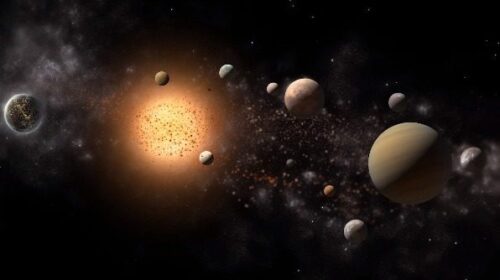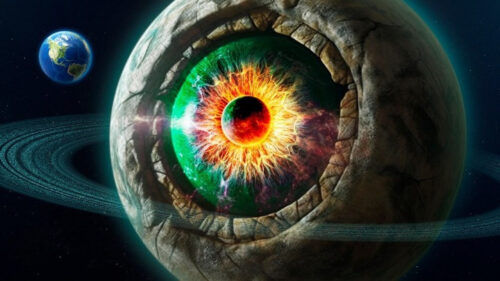
The universe is a realm of infinite wonders, constantly surprising us with its enigmatic celestial objects.
In a recent groundbreaking observation, astronomers utilizing the Chandra X-Ray Observatory have made an awe-inspiring discovery.
Nestled within the Pisces constellation, they found a white dwarf named G29-38 that devours its orbiting planets, transforming them into searing chunks of plasma.
While the harrowing fate of consumed planets is intriguing, the universe holds further perplexing phenomena, such as rogue planets and peculiar celestial bodies.
In this article, we embark on an exhilarating journey to uncover some of the most astonishing and bizarre worlds in the cosmos, delving into their mysteries and exploring the potential for life beyond our planet.
- Rogue Planets: Mysterious Wanderers
Within the Milky Way alone, scientists estimate the existence of billions of rogue planets, expelled from their original orbits and now adrift through space.
These renegades emerge from various scenarios, including collisions between protoplanets, disruptions caused by passing stars or black holes, and more.
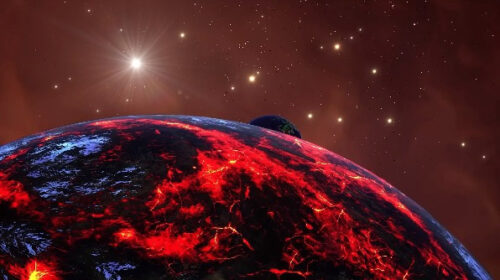
While these wandering planets face harsh conditions, there is a hypothesis that life could persist on them.
Researchers propose that rocky rogue planets with a heat-emitting core could melt ice on their surfaces, leading to the formation of bodies of water.
Similar to the microbial life found in Antarctica’s subglacial lakes, it’s plausible that these wandering planets might harbor unique ecosystems.
- Poltergeist: The Enigmatic Survivor
Deep within the constellation Virgo, 2,300 light-years away, Psr B1257+12, also known as Poltergeist, stands as a mysterious celestial body.
Surrounded by a pulsar—a remnant of a violent stellar explosion—Poltergeist defies the odds by surviving and remaining intact.
Composed of space debris from shattered celestial bodies, this planet likely possesses a solid rocky surface.
Despite the intense radiation it endures, recent studies suggest that a dense and extensive atmosphere could render Poltergeist habitable for simple organisms, akin to the resilient bacterium Deinococcus radiodurans on Earth.
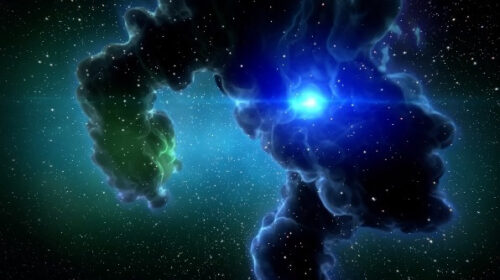
- Beta Pictoris B: Unveiling the Super Giant
Situated approximately 63 light-years away in the constellation Pictor, Beta Pictoris B is a colossal supergiant planet.
After years of scrutiny, scientists have revealed the planet’s true face, highlighting its rapid rotation and perplexing temperature.
Although located at a distance comparable to Saturn’s proximity to the Sun, Beta Pictoris B exhibits an unexpectedly high temperature of 1,451°C.
Researchers speculate that the planet’s enormous mass and dense dust cover may retain heat, but further investigations are needed to confirm this hypothesis.
- Ab Aurigae B: The Growing Giant
Discovered in the Auriga constellation in 2022, Ab Aurigae B reigns supreme over Jupiter in terms of mass.
Termed the “elephant planet” by scientists, Ab Aurigae B continues to grow in the outskirts of its star system.
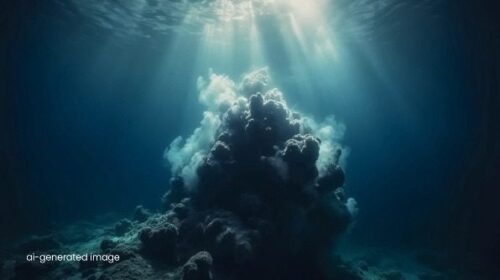
While its formation is unconventional, potentially involving space debris and gas absorption, the planet’s incredible mass draws it closer to the threshold of a brown dwarf.
This ongoing growth process defies established physical laws and poses intriguing questions about planet formation.
- Gj 3512 B: Challenging Planetary Formation Theories
Gj 3512 B, a gas giant located 30 light-years away in the Ursa Major constellation, challenges conventional beliefs about planetary formation.
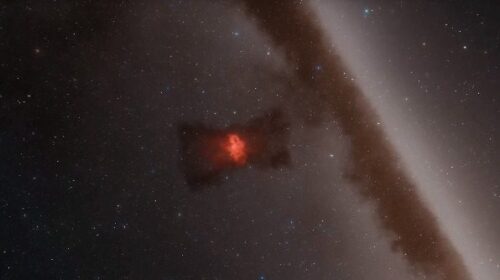
Orbiting a red dwarf much smaller and fainter than our Sun, this gas giant’s existence contradicts previous notions that gas giants could not form around small stars due to the scarcity of gas and dust in their disks.
However, technological limitations in detecting such planets may have contributed to this misconception.
The James Webb Space Telescope and the European space mission “Ariel” hold promise for unraveling the mysteries surrounding these remarkable worlds.
The universe’s immense diversity never ceases to astound us, offering glimpses into extraordinary worlds beyond our imagination.
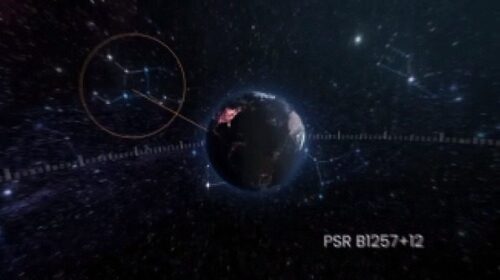
From rogue planets surviving in deep space to planets born from shattered debris, these celestial marvels challenge our understanding of the cosmos.
While the potential for life on these planets remains speculative, further exploration and technological advancements may provide us with captivating answers.
As we eagerly anticipate the launch of the James Webb Space Telescope and the “Ariel” mission, we eagerly await the unveiling of more astonishing planets, unraveling the secrets of our vast universe.
